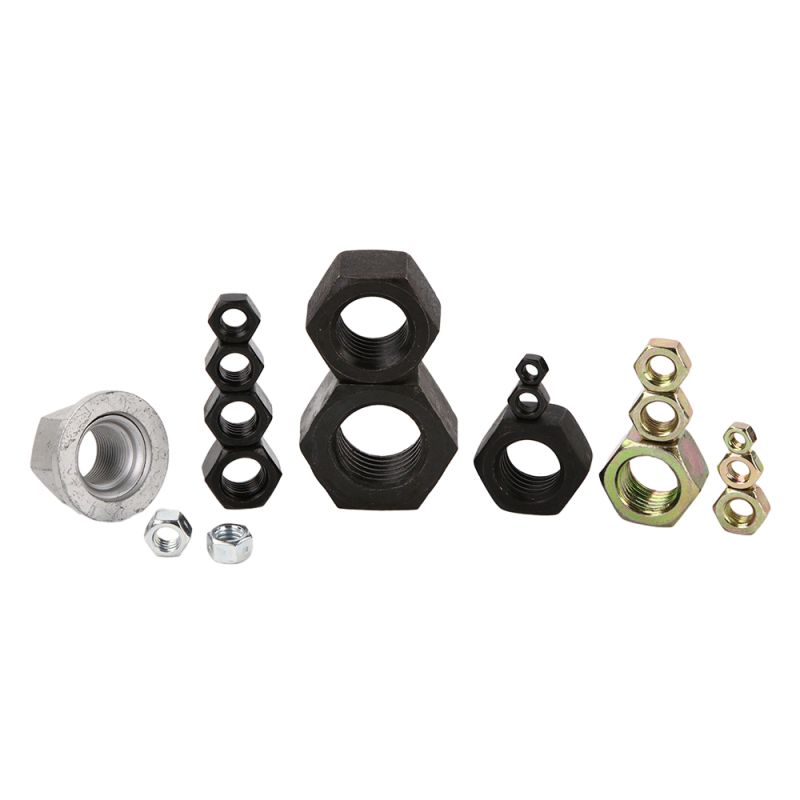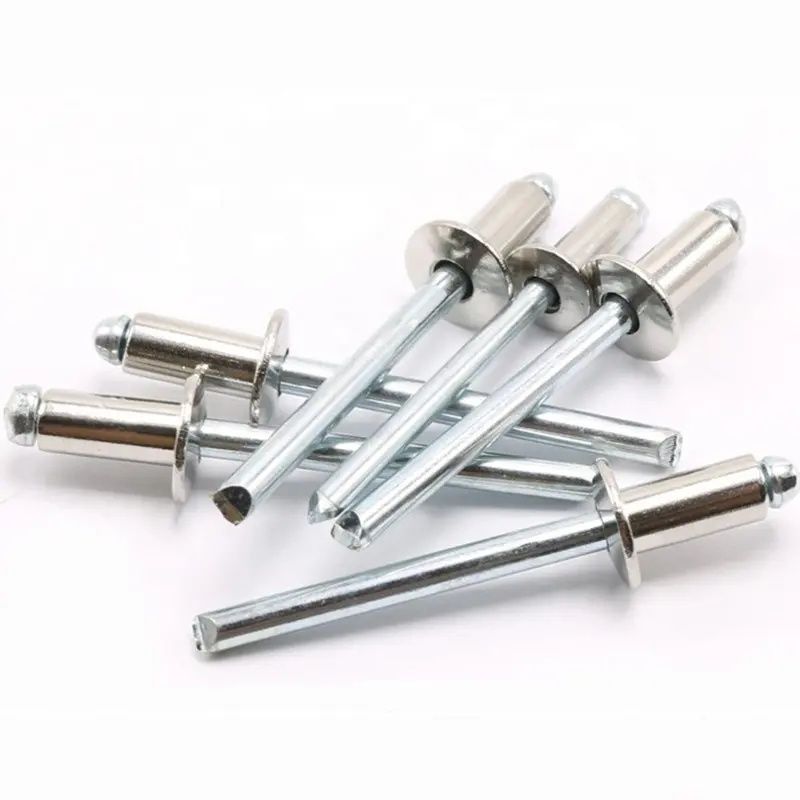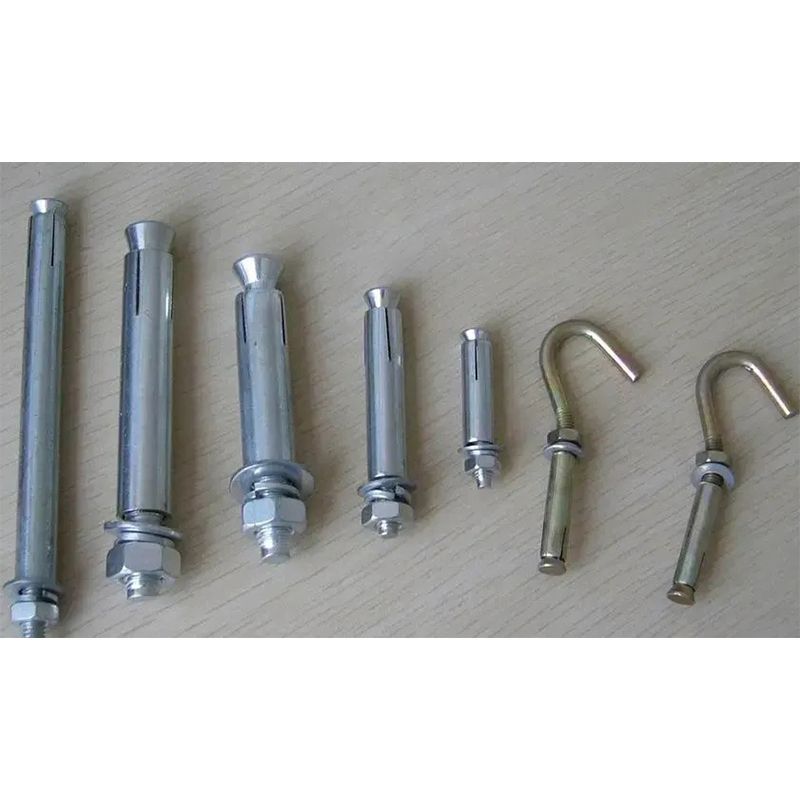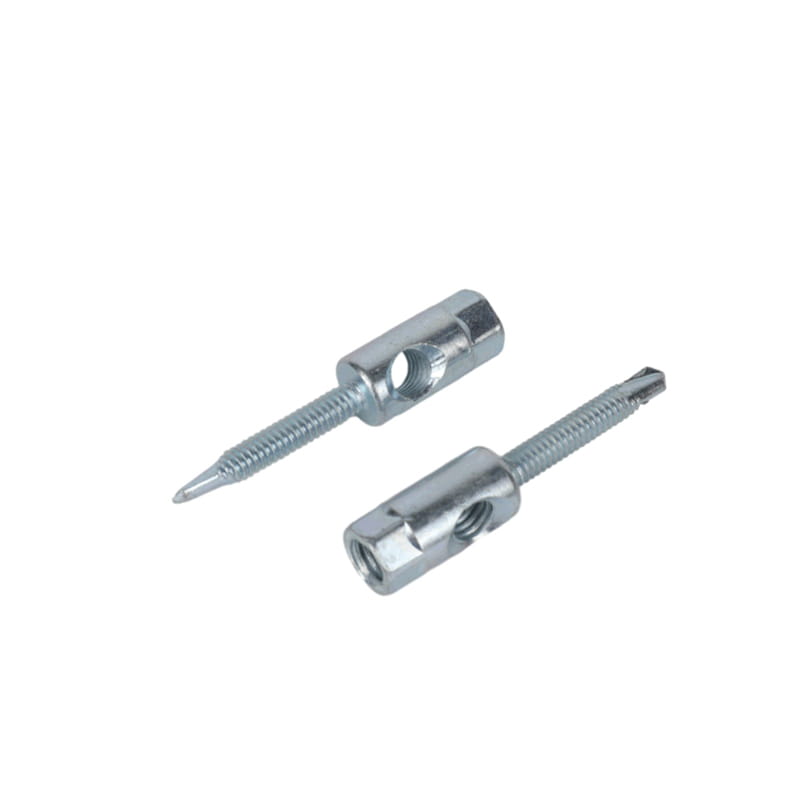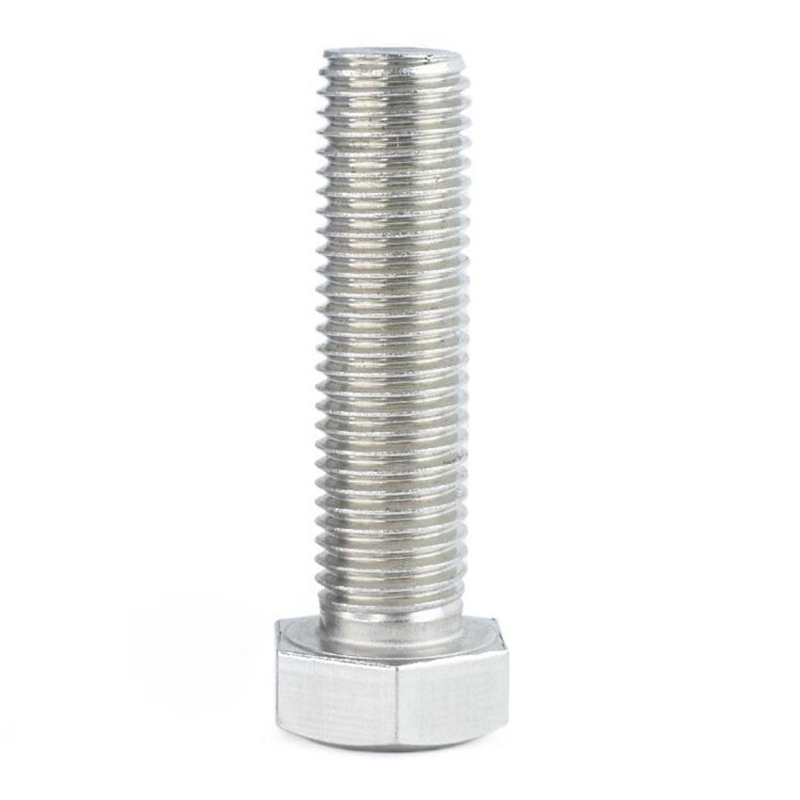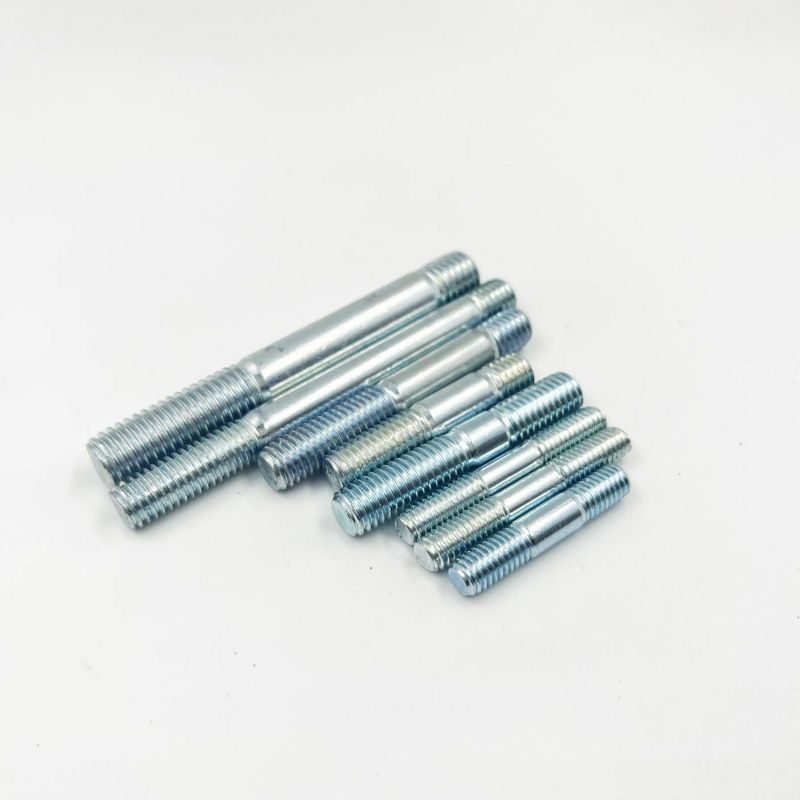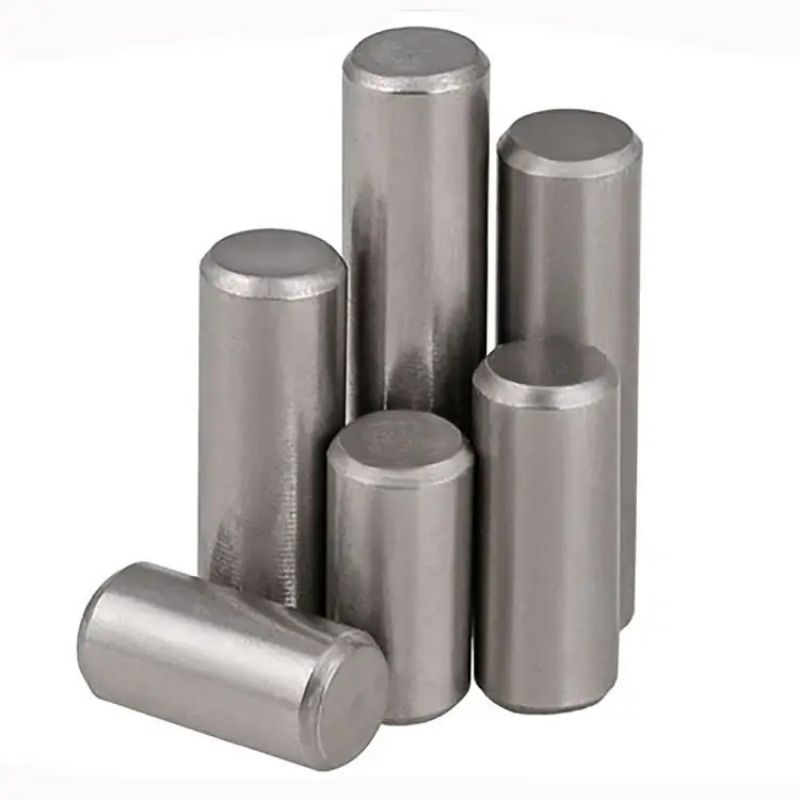1. Flat pad

A flat washer is a circular metal washer with a hole in the middle. It is usually made of iron plate, stainless steel and other materials through a stamping process. Its shape is similar to a flat ring.
What is a flat washer?
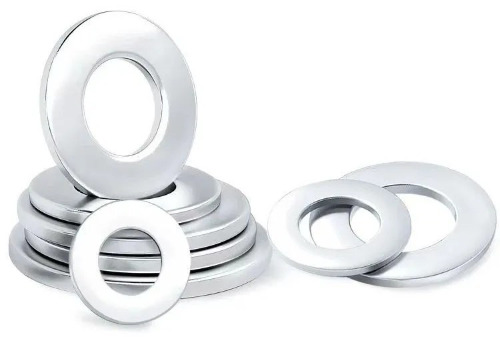
Flat washers, also known as flat washers, are common mechanical parts that are mainly used to provide a flat contact surface between fasteners such as bolts and nuts and connectors. Flat washers are usually stamped from metal materials and are circular in shape with a hole in the middle. The size and specifications of the hole can be customized according to specific needs.
The main function of flat washers
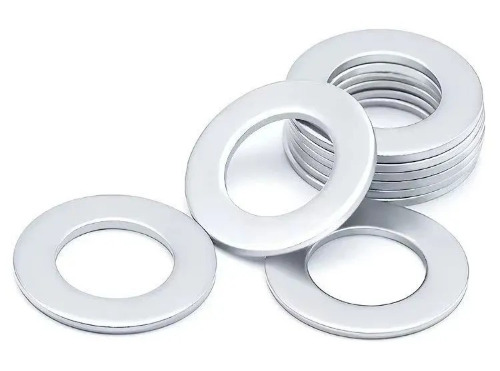
Increase contact area
One of the main functions of flat washers is to effectively reduce wear and damage by increasing the contact area between the screw and the machine. When there is no flat washer, the contact surface between the screw and the machine may be concentrated on a small point, causing great pressure, which will directly affect the service life of the equipment over time. Flat washers protect the key parts of the equipment by increasing this contact area.
Disperse pressure
Flat washers are mainly used to reduce pressure. When the axial force of tightening some parts is large, it is easy to press the washers into a disc shape. At this time, the material can be changed and the hardness can be increased to solve the problem. Flat washers can effectively disperse pressure and avoid damage caused by excessive local pressure.
Prevent damage
Flat washers can eliminate the damage that spring washers may cause to the surface of the machine when removing screws. When using, one spring washer and one flat washer must be used, the flat washer is next to the surface of the machine, and the spring washer is between the flat washer and the nut. This can protect the surface of the machine from damage by the spring washer.
Use in combination
Flat washers are usually used in combination with spring washers to achieve the best tightening effect. The flat washer fits the machine surface, while the spring washer is placed between the flat washer and the nut. This combination can better distribute the pressure and thus provide better protection.
Flat pad application scenarios
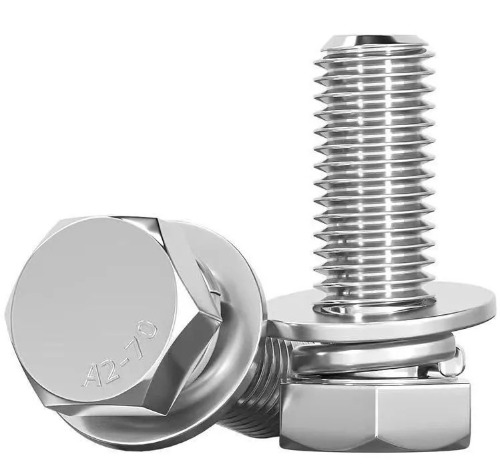
Ordinary bolt connection
In ordinary mechanical parts connection, flat washers can increase the contact area between bolts, nuts and connected parts, disperse pressure, reduce local pressure, and prevent damage to the surface of connected parts. For example, in furniture manufacturing, flat washers can be used to fix table legs to ensure that the table is stable and does not shake; in electrical equipment, flat washers can be used to protect circuit boards to prevent damage caused by vibration.
Frequently disassembled bolt connection
When bolts need to be disassembled frequently, the use of flat washers can simplify the disassembly process and protect the surface of the connected parts. For example, the inspection ports of some equipment, the connecting bolts of movable parts, etc., flat washers can reduce the direct friction between the bolts and the connected parts, avoid surface scratches, and extend the service life.
Compensation for bolt hole deviation
In some cases, in order to make the bolt holes between the two connecting parts accurately correspond, it may be necessary to increase the diameter of the hole to compensate for the position deviation. When the bolt hole exceeds the standard size, you can consider using a flat washer. In addition, in order to facilitate installation and adjustment, the bolt hole is sometimes designed as a long hole so that the installation position of the workpiece can be adjusted within a certain range. In this case, it may be necessary to use a thickened flat washer or a special washer.
Reduce the compressive stress on the pressure-bearing surface
When the bolt strength is high and the compressive stress of the connected parts is low, flat washers can help reduce the compressive stress on the pressure-bearing surface. For example, when some high-strength bolts are used with connected parts made of softer materials, flat washers can evenly distribute the pressure of the bolts to the surface of the connected parts, preventing the connected parts from being deformed or damaged due to excessive local pressure.
Common materials of flat washers
Carbon steel material
For flat washers, the most commonly used carbon steel materials are: ST12, ST13, Q235, Q215, Q195, etc. They are all suitable for 100HV-level flat washers (Note: 100HV refers to the surface hardness of the washers); 08F, 08AI, 10, 10F, etc. are suitable for flat washers with a surface hardness of about 110HV; 45, 50, 60, 70 steel or 65Mn steel are suitable for flat washers with a surface hardness of 200HV or even 300HV.
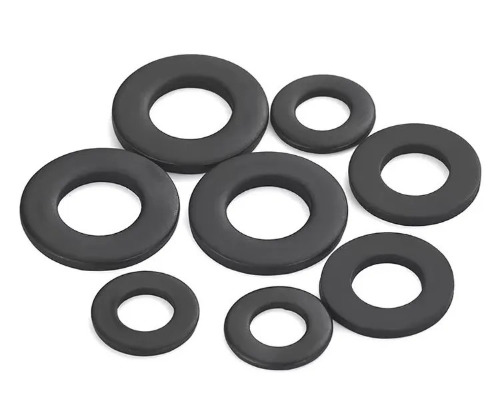
Stainless steel material
The more common ones are 304, 304 (18 - 8), 316, 316L, etc. The advantages of stainless steel are corrosion resistance, rust resistance, high precision, smooth surface without burrs, good toughness, not easy to break, etc., but the price is relatively expensive.

Plastic material
Common plastic materials include PA66, PA66 + 30% glass fiber, PA66 + 50% glass fiber, PC, PP, PPS, PVC, PVDF, etc. Plastic flat washers are not only low in production cost, but also have insulation properties. In some special occasions, they can play a role and effect that carbon steel and stainless steel cannot replace.
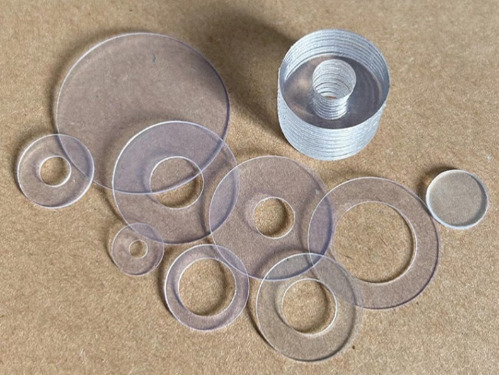
Rubber material
Such as nitrile rubber, fluororubber, chloroprene rubber, styrene-butadiene rubber, EPDM rubber, etc. Flat pads of this type of material have good softness and are suitable for low temperature and medium pressure environments. Some materials have certain acid and alkali resistance and aging resistance.
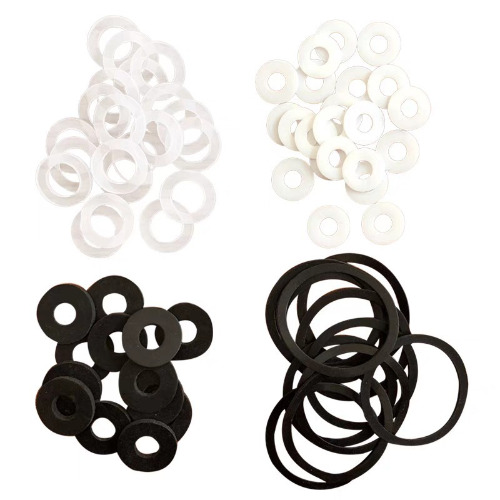
Other materials
Some manufacturers can also provide flat pads made of copper, aluminum and other materials. For example, copper pads have good thermal conductivity and corrosion resistance, low friction coefficient, and are often used in high temperature and high pressure occasions.
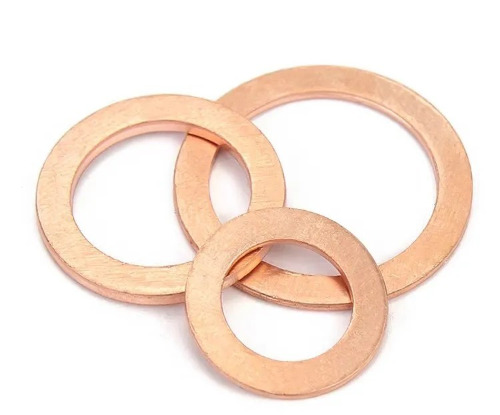
2.Precautions for use
Installation specifications: Ensure that the flat gasket fits tightly with the contact surface to avoid tilting or misalignment that affects the sealing effect.
Environmental adaptation: Stainless steel is preferred in humid or corrosive environments, and attention should be paid to sealing and preservation to extend the service life.
Regular inspection: After long-term use, it is necessary to check whether the gasket is deformed or damaged, and replace it in time to maintain the reliability of the connection.
Through reasonable selection and standardized use, flat gaskets can significantly improve the stability and safety of mechanical connections
In summary, flat gaskets are an important mechanical component, mainly used to protect the surface of the connector, increase the contact area and prevent the fasteners from loosening. When selecting and using flat gaskets, their material, size and usage should be determined according to specific engineering requirements and application scenarios.


